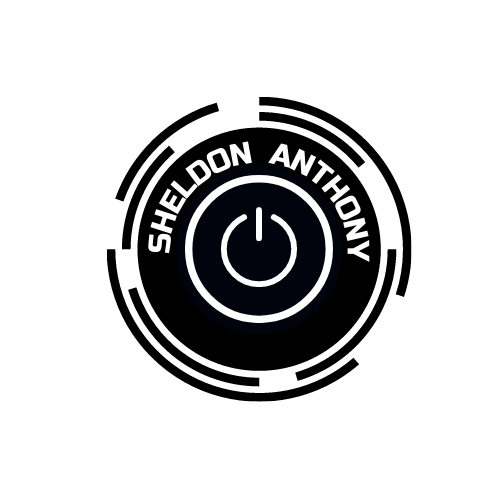
The widespread adoption of asset tokenization will depend on its ability to seamlessly integrate with existing financial systems. To achieve this, closer collaboration among all stakeholders is crucial, fostering a bridge between the traditional financial sector and emerging distributed ledger technology (DLT)-based enterprises. This collaborative effort must encompass regulators, financial institutions, and technology providers, each playing a pivotal role in shaping the future of asset tokenization. By working together, it can create a more inclusive and efficient financial ecosystem that empowers all participants and unlocks the transformative potential of asset tokenization.
Many valuable assets, such as real estate, fine art, and collectibles, are illiquid, meaning they are difficult to buy or sell quickly without incurring significant transaction costs or price discounts. Traditional financial markets are often fragmented, with different asset classes and trading platforms operating independently. Traditional financial transactions often involve intermediaries, such as banks and brokers, which can add substantial costs to each trade. Traditional financial systems can be opaque, making it difficult to track the ownership and movement of assets. Traditional financial institutions often have stringent qualification criteria, excluding many individuals and businesses from accessing financial services.
In Q4 of 2019, Liquefy successfully completed the first phase of a project with a Hong Kong property developer to tokenize a real estate asset owned by the group for its employee incentive programme. The initiative was designed to motivate staff engagement in innovation, cultivate entrepreneurship, and recognize staff contribution. Through the programme, tokens representing an ownership interest in the property are issued to reward high-performing staff with the opportunity to share in the wealth created by the capital appreciation of the property. As the technology provider, Liquefy secured the digital register of members of the holding company which owns the property on blockchain. This enabled the developer to issue tokens representing an indirect ownership interest in the underlying property carrying a right to share in any capital appreciation of the property. Employees can exchange performance-based internal credits for real estate tokens, with every transaction in real estate tokens recorded on the system. When the underlying property is sold, token holders will participate in the sale proceeds based on the tokens held. Looking towards the future, the next step would to tokenize more properties held by the developer to expand the incentive program such that employees could internally trade tokens for different properties among themselves.[2]
To fully harness the transformative power of asset tokenization, collaboration among all stakeholders is essential. Regulators, financial institutions, and technology providers must work together to establish clear regulatory frameworks, develop standardized tokenization protocols, and integrate tokenized assets into existing financial systems. By embracing asset tokenization and actively participating in this collaborative effort, you can position your business at the forefront of financial innovation, unlock new revenue streams, and enhance your competitive advantage in the global marketplace.
Industry leaders are collaborating with technology providers, as well as industry bodies, to create standardized protocols and frameworks for the tokenization of assets. This ensures that different blockchain platforms and financial systems are compatible with one another, enabling seamless data exchange and transaction processing. By using Middleware solutions as a bridge between traditional financial systems and blockchain-based tokenization platforms, real-time communication and transaction settlement are facilitated, and tokenized assets are accurately reflected in existing accounting and risk management systems. Companies are implementing hybrid solutions that combine the strengths of traditional and blockchain-based systems. This approach allows for the gradual integration of tokenization into existing infrastructure, minimizing disruption and ensuring regulatory compliance. Industry leaders are actively collaborating with regulatory bodies, financial institutions, and investors to promote understanding and adoption of asset tokenization through initiatives such as educational workshops and pilot projects. They are also carefully navigating the evolving regulatory landscape for asset tokenization, engaging with regulatory bodies to ensure compliance with existing and emerging regulations while advocating for frameworks that foster innovation and protect investors. By focusing on specific use cases where asset tokenization offers clear benefits, such as real estate, private equity, and supply chain finance, industry leaders can take a targeted approach to demonstrate the value proposition of tokenization and to build momentum for broader adoption.





No comments:
Post a Comment